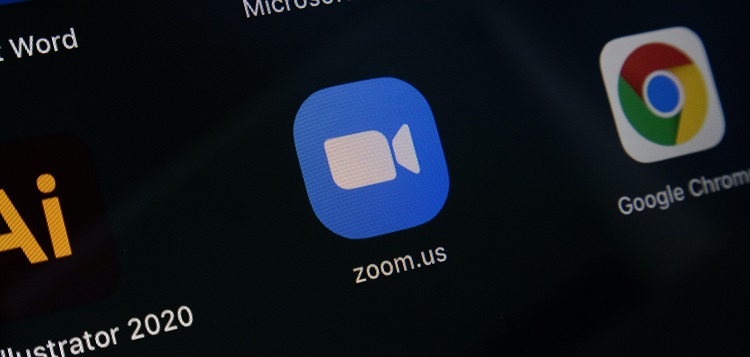In January of this year, Zoom unveiled its own Virtual Agent, an AI-driven dialogue bot and chatbot system set to be the company’s chief priority for 2021. The performance of the Zoom platform was strong in the three months ending January 31st, despite the disruption caused by the pandemic, with the company registering an income of $1.1 billion, a 4% year-on-year increase. This article will explore Zoom’s Virtual Agent in depth, its AI-driven functions, and the company’s commitment to AI.
Zoom’s Virtual Agent is a powerful AI-driven dialogue bot and chatbot system. It is designed to understand the context of conversations and respond appropriately, while making it easier for users to interact with contact centers. Unlike traditional customer service systems, the Virtual Agent is capable of understanding natural language and responding to customers in a conversational manner. It also utilizes AI technologies to intelligently parse data and provide personalized recommendations. This allows customers to get answers to their questions faster and more accurately than ever before.
The Virtual Agent is meant to augment existing AI-driven functions, such as Zoom IQ, translation, captioning and meeting summation tools. Zoom IQ is a powerful AI-driven chatbot that can quickly provide answers to customer inquiries, as well as suggest relevant products and services to customers. The translation tool uses AI to translate conversations into multiple languages on the fly, allowing customers from all over the world to communicate with each other without language barriers. The captioning tool utilizes AI to accurately transcribe conversations in real time so that customers can review them later for accuracy. Lastly, the meeting summation tool uses AI to detect important topics discussed during meetings and summarize them in an easy-to-understand report.
Zoom’s commitment to incorporating more AI technologies into their platform was made by Zoom founder and CEO Eric Yuan in a statement. He expressed that it was the company’s goal to help customers make the most out of their platform in this new computing era. To this end, Zoom plans to use AI technologies to improve the user experience and provide additional services such as transcription, translation, and voice recognition. The company has also announced plans to integrate voice recognition into its platform, allowing users to control meetings through voice commands.
In addition, Zoom has been investing heavily in its Artificial Intelligence research team in order to further improve its platform capabilities. The team is composed of experts from various fields including computer vision, natural language processing, machine learning, and deep learning. Their goal is to develop advanced AI models that can detect patterns in customer data and provide more accurate insights into customer behavior. This will enable Zoom to customize its services according to customer needs and provide better customer support.
Finally, Zoom has also been collaborating with other companies in order to further enhance its Artificial Intelligence capabilities. For example, the company has partnered with Google Cloud Platform for machine learning-based customer support functions. Through this partnership, Zoom will be able to leverage Google’s expertise in machine learning and natural language processing to improve customer service experiences on their platform.
In conclusion, Zoom has demonstrated its commitment to using Artificial Intelligence technologies in order to maximize user benefit in this new computing era. Its Virtual Agent is designed to be an AI-driven dialogue bot and chatbot system that can understand conversations and respond accordingly. It is meant to augment existing AI-driven functions, including Zoom IQ, interpretation, captioning and meeting summation tools. Additionally, the company’s financial performance for the three months ending January 31st was strong, with an income of $1.1 billion, a 4% year-on-year increase. This shows that Zoom is well on its way towards becoming a powerhouse of AI-driven customer service solutions in the near future.

